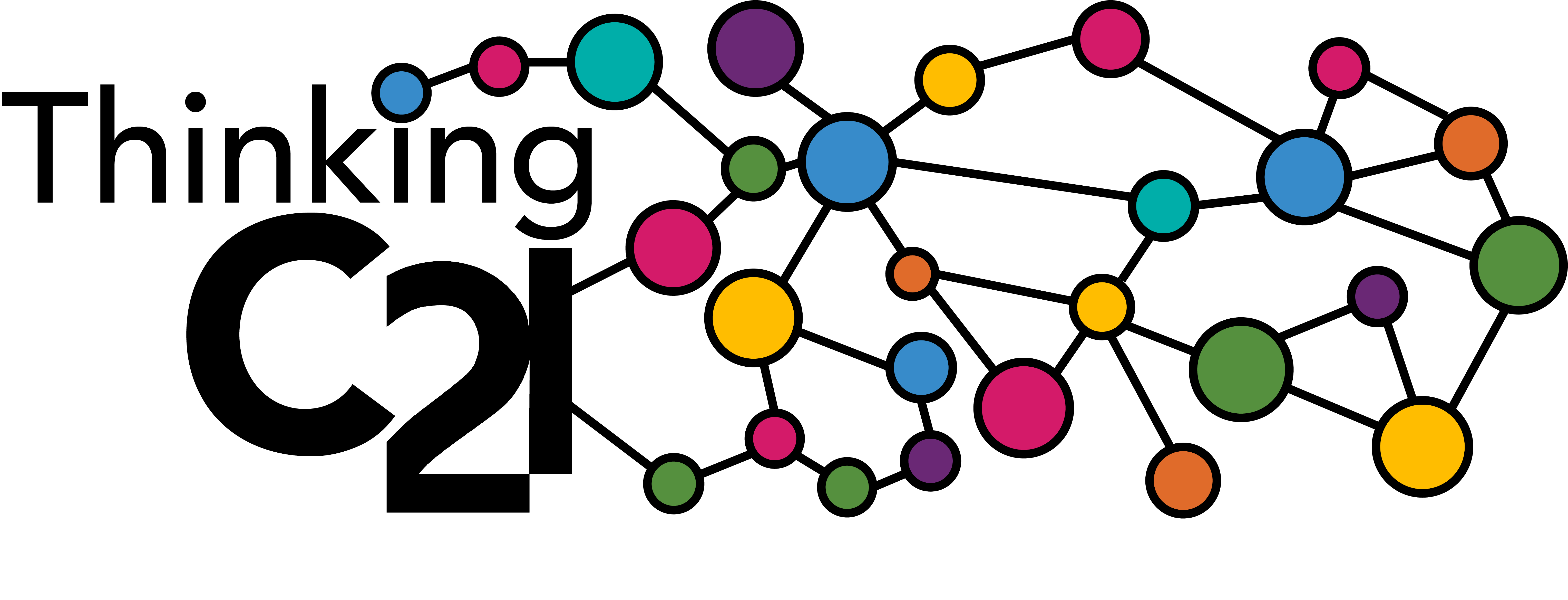The making and unmaking of loneliness, isolation and connectedness
By Director Anne Basting
The theme for C21’s Spring 2022 programming, Lonely No More! is inspired by “Lonesome No More!,” the playful subtitle of Kurt Vonnegut’s 1976 sci-fi novel Slapstick. The main character, Dr. Wilbur Daffodil-11 Swain, wins his run for the Presidency with the subtitle as his slogan. Bemoaning the general loss of feeling of community and connection, President Swain gives everyone a new middle name and number (thus Daffodil-11), making kin out of vast swaths of unrelated people. It works, sort of.
The book is built of pain and silliness. I suggested it as the title of C21’s spring programming not to undercut the seriousness of loneliness as an experience, but because Vonnegut sees loneliness for all of its complexity. A painful human condition that triggers the body to seek connection. A condition created by societal structures that hold it in place, sometimes weaponizing it as a means of control.
In this historical moment, as people across the world ride waves of pandemic- fueled isolation and connection, loneliness has surged into public consciousness. But it was a rising concern before the pandemic. The U.K. created a Minister of Loneliness in 2018. In the United States, AARP supported the National Academies of Science to create the report “Social Isolation and Loneliness in Older Adults.” This 300+ page report landed on the internet in February of 2020. People across the country who were about to experience months of lockdown could read the most thorough data collected to date on its negative impacts on health. As Vonnegut writes elsewhere, “So it goes.”
So, Lonely No More! seemed an ideal topic for C21’s first programming effort under the interconnected themes of Well, Duty, and Trust. The design of the programming is a bit different this year. The C21 team is extending our offerings over the course of several months and creating elements of programming that support and build off each other. We are inviting participation at multiple points and from multiple levels of experience.
6 .5 Minutes With…
This podcast series will be just what it sounds like: a short interview with experts in some aspect of the topic to introduce them and their ideas to the C21 community. We aim to front-load these into the beginning of the semester.
The Interactive Book Club
These are resources to support formal and informal discussions on the topic, including lists of things to read and view, discussion questions, and participatory projects.
Participatory Action Research
Through the Interactive Book Club and various other outreach initiatives, we have a call for participation in a survey that aims to capture the experiences of loneliness and connectedness. As the data becomes available, we’ll make it public and invite responses by artists / writers to visualize and animate it. At semester’s end, we’ll select and honor submissions with awards and exhibition at a range of levels; youth (high school); undergraduate/graduate; and professional.
Call for Contributions
Look for a call for contributions on these topics. We will be in search of visual and textual pieces (up to 1,000 words) reflecting on loneliness, including some engagement with the results of the Participatory Action Research survey. The C21 team will select several to be published in our blog, and others to be submitted to a new publication we are proposing as part of a new, dynamic, shorter, multi-platform C21 book series with the University of Minnesota Press.
Conversations
The programming initiatives above will be anchored by these virtual meetings of multiple minds, which will take place in March, April and May. In their organization, we aim to draw together artists, humanists, social scientists, community activists, and leaders on a range of issues that touch the core of loneliness, its history, its representation, its making and unmaking. Thus far, we are shaping several discussions on topics which may include:
- Loneliness and Connection Beyond the Human: how does the natural world materialize loneliness, with and without human contact? How might nonhuman animals experience isolation, grief, among other possible feelings related to loneliness? How do loneliness, extinction, and rewilding processes intersect? And what of the non-animal animals –such as robotic pets — that are pitched as solutions for loneliness in long-term care settings?
- Loneliness and the Built Environment: how are physical environments making or unmaking loneliness? What alternative concepts of housing, transportation and community planning are being designed to enhance social infrastructure and decrease loneliness?
- Virtual Loneliness: In what ways does our use of the virtual ease and exacerbate loneliness? How are virtual spaces, platforms, and algorithms designed and what are they designed for? How do designers promote connection and indoctrination, derision and empathy?
- Weaponizing Loneliness: how is loneliness weaponized in practices of solitary confinement and infrastructures of incarceration? What do efforts toward its banning tell us about the rhetoric of loneliness as points of concern and control?
In the meantime, please use our online forms on the website to share ideas for speakers. So you can see…Nicole and Jennifer and I have been plenty busy in the few weeks since Nicole has joined us – shaping the format and content of spring programming.






